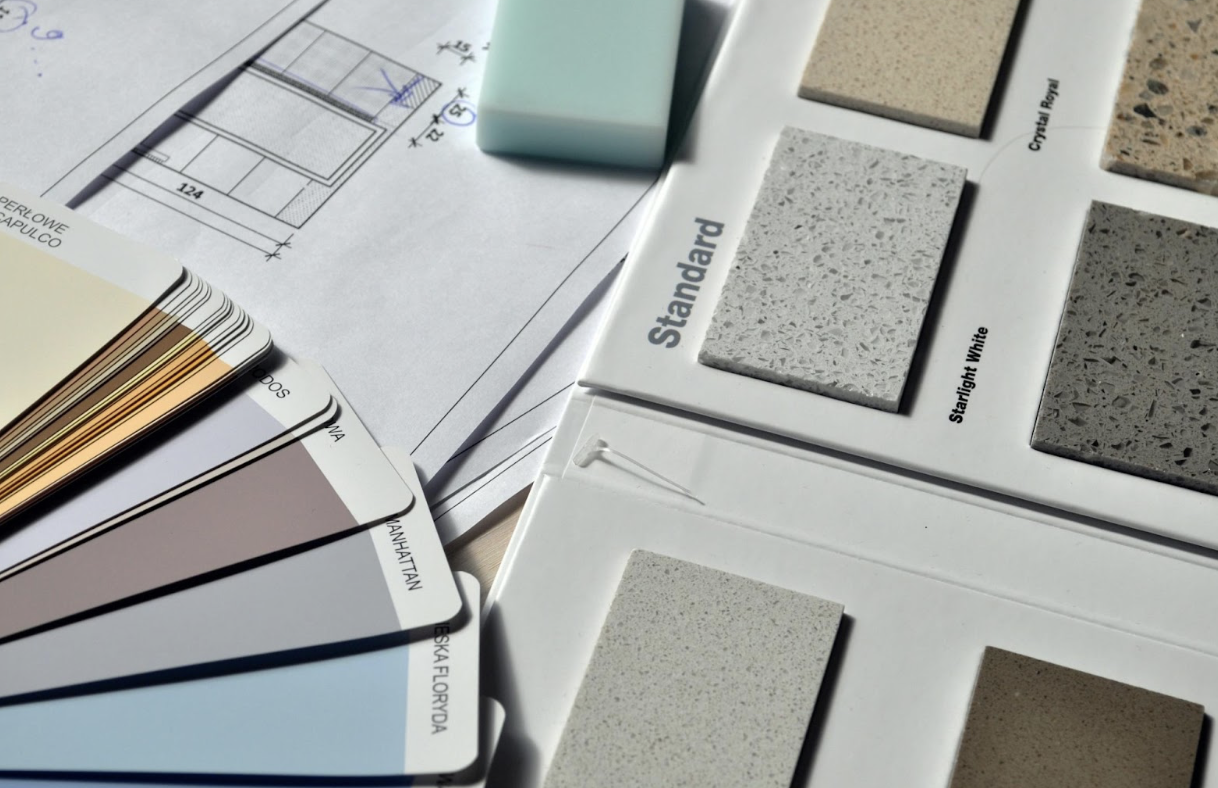How to Choose the Right Layout for Your Room Makeover
The layout of your room will largely dictate traffic flow, the placement of key furniture pieces, and how you interact with the space. Whether it’s a cozy living room, a vibrant kitchen, or a peaceful bedroom, understanding spatial dynamics can transform a dull area into an inviting sanctuary.
To start, assess your room's size and shape. Consider what activities will predominantly occur in the space. Once you have a clear vision, you'll want to explore different layout options to maximize efficiency and comfort. For an in-depth look into how to choose the right layout for your room, keep reading below.
Consultation and Implementation
Sometimes, we have a vision but we do not know how to bring it to life on our own. That’s why you should consult an interior design consultant Brisbane or a reliable one in your location who can offer valuable assistance with your plans. They can provide a professional perspective on aesthetics and functionality while ensuring your choices resonate with your personal style.
Take some time to live in the space before making further adjustments. This allows you to understand how well your layout meets your needs and habits. Remember, it’s okay to tweak minor elements over time as your needs may evolve. Each change offers an opportunity to refine your space further and create a room you love.
The Importance of Space Planning
Even before you call in the professionals, know why space planning is so important for your makeover efforts. Space planning involves arranging furniture and decor in a way that promotes an enjoyable and functional environment. Depending on the room's purpose, you might need to consider how people will move through the space.
An effective space plan can significantly enhance comfort: you should allocate enough space between seating arrangements to allow for easy movement without added clutter. Incorporate some designated zones for different activities that can make a room feel larger and more organized. Utilizing online tools and apps can make space planning easier, enabling you to visualize different layouts and their potential impact.
Assessing Your Room’s Dimensions
You cannot envision your space without assessing the dimensions of the room. Create a scale drawing, or at least a solid mental picture, of the area. Knowing the exact dimensions allows you to determine what furniture will fit comfortably without overcrowding the space. Remember to measure windows, doors, and any architectural features that could impact your layout.
After completing this assessment, draw inspiration from various layout designs that suit your measurements. This process could include specific arrangements for small vs. large spaces. Understanding how proportions work together will lead to a more cohesive and functional design. Take careful measurements in selecting the right furniture pieces and ensure that they complement rather than clash with the room’s characteristics.
Choosing a Focal Point
In short, the focal point draws the eye and can influence how you arrange furniture. Common elements that make effective focal points include fireplaces, large windows with a view, or a prominent art piece. Once identified, arrange your furniture to enhance this focal area.
In a living room, position the sofa to face the fireplace or artwork. This arrangement fosters conversation and creates a comfortable setting. Make sure that your layout complements the focal point without overcrowding it. Less is often more; minimal clutter around your focal area creates visual clarity. Continually reassess the layout after implementing changes, as new arrangements could affect the room's dynamics.
Creating Zones for Different Activities
Perhaps the most effective method for establishing a pleasant layout is to create zones that serve various functions. In open-concept spaces, each zone should be identifiable yet connected when appropriate. For a living room combined with a workspace, a bookshelf can act as a subtle divider between the two areas. Such delineation helps clarify boundaries while promoting an inviting atmosphere.
Opt for furniture pieces with diverse functionalities. Maybe a coffee table that doubles as storage can help maintain organization. Organizing zones also contributes to the room's flow, making movements between activities seamless. Having well-defined spaces creates a more enjoyable environment for both relaxation and productivity, leading to a harmonious living space.
Experimenting with Furniture Arrangement
Now that you have established a focal point and created different zones, the next step is experimenting with furniture arrangements. Don’t hesitate to move items around until you discover a setup that feels right. Visualizing arrangements can help you identify potential layouts and whether they complement your style aesthetic.
Working with an interior design consultant may also provide valuable insights into trending arrangements and styles that fit your room’s theme. Enhancing your layout can involve ensuring there is enough clearance for pathways, maintaining a comfortable distance between seating, and avoiding overcrowding. Patterns, textures, and colors also play a part in furniture arrangement. Always remain flexible with arrangements; sometimes a last-minute decision proves to be the best choice.
Considering Lighting and Color Schemes
Don’t forget to factor in lighting too. Natural light should guide your design, so determine where sunlight enters your space throughout the day. Rooms with abundant natural light allow for a wider range of colors and layouts without feeling claustrophobic. Use lighter colors to make smaller spaces feel larger and more open. Conversely, darker shades can introduce warmth and intimacy in larger areas.
Pay attention to additional lighting sources such as lamps and overhead fixtures, as they will enhance the overall environment and complement your layout. Create layered lighting—combining ambient, task, and accent lighting—to maximize the attractiveness of your design. Choose fixtures that match your overall style and enable a cohesive look throughout.
Utilizing Storage Solutions Effectively
An effective layout promotes organization and minimizes clutter, which is where innovative storage solutions become a priority. Identify areas within your room where additional storage can be integrated without disrupting flow or aesthetic appeal. Select furniture pieces that serve dual purposes, like storage ottomans or benches. These provide space-saving solutions and complement your layout.
Reassess your belongings by decluttering; only keep items that you truly need or love. Incorporate built-in shelving or cabinets that blend with the room’s design style. Strategically placing shelving can also enhance the visual interest of your room, contributing to an inviting atmosphere. Using decorative baskets or bins within your storage furniture can hide belongings while adding beauty to your layout.
Selecting the right layout for your room makeover involves careful consideration of space, furniture, focal points, and lighting. Understanding these factors can lead to an inviting and functional space that enriches both form and utility. Always stay open to exploring different ideas and consulting with professionals to create your desired environment.




